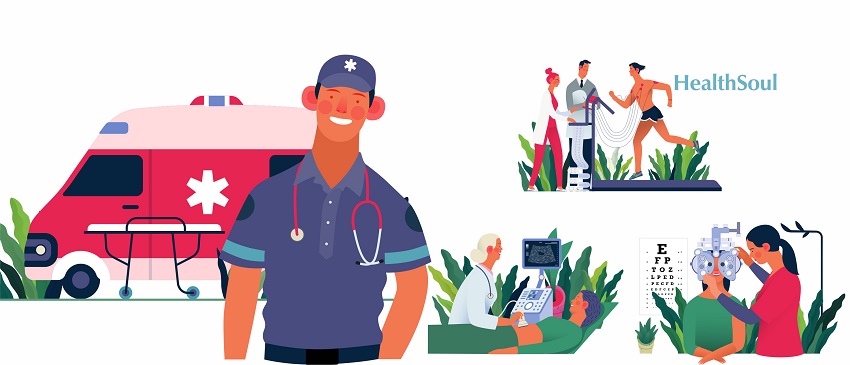Opening a Diagnostic Center as a Profitable Business

A diagnostics center can bring sizable revenue if organized wisely. Setup requires multiple steps — from registration and licensing to infrastructure and recruitment. Here are the key aspects of establishing a profitable center for medical diagnosis.
Requirements and Costs
The overall cost depends on the scope of the service you intend to provide. For example, you could focus on bioresonance, which requires less additional infrastructure. Consider sensitiv imago 535 for sale to learn about more advantages of cutting-edge technology.
Generally, the lower the investment — the fewer patients you can serve. You will need to spend on the space, the infrastructure, the staff, the software, and the equipment. These are the five key parameters, and they must be examined thoroughly.
Space Planning
The general rule is that there should be enough space to accommodate 100 patients and their attenders. By no means can the environment be congested. Patients should not have to sit
close together. Neither can several departments be clubbed. Otherwise, the results may be misplaced, causing all sorts of delays, complaints, and errors.
Arrangement of Infrastructure
The efficient infrastructure allows a center to function without disruptions. The layout of the areas must be clear. There must be clean bathrooms, elevators, wheelchairs, and other hospital care elements. Cleanliness is essential. Even minor contamination may cause problems for the staff and visitors.
Search For Staff
Naturally, the people you hire must be qualified medical professionals. Recruitment should be taken seriously. Include several screening rounds to find the best employees. Make sure your staff is competent to render the services you focus on. Aside from theoretical knowledge, medical professionals need technical skills to work with the equipment in your center. This may require initial training.
Another aspect is protection. The staff must be vaccinated against communicable diseases. To keep up with novelties in the healthcare field, you may invite a medical representative. Employees must be familiar with new medicines and techniques.
Software Systems
Today, a diagnostics center is unimaginable without computerized tools. This ensures accuracy and makes discrepancies unlikely. Time is also saved, as patient files are easily updated from a computer. An operator may also send them reminders and access medical history records with ease. Software is indispensable for staff and patients alike.
Choice of Equipment
Computerized diagnostic tools, such as bioresonance equipment, also use digital systems. The latest advances in technology allow detecting abnormalities in their early stages. Non-invasive and cost-effective, these devices are regarded as the medicine of the future.
Use a checklist to purchase all the necessary devices for the center. Even with a highly qualified staff, spacious office, and efficient software, a center that lacks equipment will be rated low. A diverse range of tools will boost productivity. Your patients will appreciate it if they can receive the whole package of services in one place.

